Lee Friedlander
Born 1934
Street photography has long been celebrated for its ability to capture the raw, unfiltered pulse of life. Among its most innovative practitioners is Lee Friedlander, a photographer whose work redefined the genre with its complexity and wit. Known for his layered compositions and unique vision, Friedlander has become a cornerstone of modern photography, offering practicing photographers invaluable lessons on seeing the world differently.
Early Life and Career
Lee Friedlander was born in 1934 in Aberdeen, Washington. He showed an early interest in photography and began learning the craft in high school. Friedlander studied at the Art Center College of Design in Pasadena, California, before moving to New York City in 1956 to work as a professional photographer. Early on, he supported himself by photographing jazz musicians, including legends like John Coltrane and Miles Davis, creating album covers that showcased his ability to capture dynamic compositions even in posed portraits.
In the 1960s, Friedlander emerged as a key figure in the world of street photography. His work gained recognition through exhibitions and publications, particularly the groundbreaking 1967 exhibition "New Documents" at the Museum of Modern Art (MoMA), curated by John Szarkowski. Alongside Garry Winogrand and Diane Arbus, Friedlander’s work highlighted a new direction in documentary photography—one that focused on personal vision rather than traditional storytelling.
Photographic Style and Techniques
Friedlander’s photographs are immediately recognizable for their dense and intricate compositions. He often used reflections, shadows, and obstructions like fences or window frames to create layers within the frame. This approach invites viewers to look deeper, as his images are rarely about one single subject but rather the interplay between elements in a scene.
Key Characteristics of Friedlander’s Style:
Reflections and Shadows: Friedlander often used reflective surfaces, such as shop windows or mirrors, to create complex visual layers.
Self-Portraits: He frequently inserted himself into his work, often through reflections or shadows, turning mundane moments into playful explorations of identity.
Urban Chaos: Many of his photos feature seemingly chaotic scenes that reveal a hidden order when closely examined, emphasizing the complexity of modern life.
Graphic Elements: His use of lines, shapes, and textures adds a graphic quality to his images, making them visually compelling even in their apparent randomness.
Career Highlights
Friedlander’s career is marked by numerous achievements that cemented his place as a master of photography:
"The American Monument" (1976): A celebrated series exploring public statues and monuments, blending history with contemporary street life.
Self-Portraiture: His 1970 book, Self Portrait, is a groundbreaking exploration of the genre, merging humor with artistic experimentation.
Awards and Recognition: Friedlander received a MacArthur Fellowship in 1990, affirming his status as one of the most innovative artists of his time.
Extensive Books and Exhibitions: With over 50 monographs published, Friedlander’s work has been shown in major institutions worldwide, influencing countless photographers.
Photography Gear
Cameras:
Leica M Series: Friedlander’s choice of camera reflects his preference for manual control and precision. Leica’s rangefinder cameras are renowned for their compact size and excellent optics, making them ideal for discreet street photography.
Hasselblad Medium Format Cameras: He also used medium-format cameras for projects that demanded higher resolution, such as his landscape work. Hasselblad cameras are known for their sharp lenses and square format, which complement his meticulous compositions.
Lenses:
Wide-Angle Lenses: Friedlander’s frequent use of wide-angle lenses allowed him to include more elements in his frame, enhancing the layered complexity of his photographs. Brands like Leica and Zeiss produce lenses that meet these demands with exceptional quality.
Film:
Kodak Tri-X Film: A favorite among street photographers, this black-and-white film offered Friedlander the high contrast and tonal range necessary to bring out the textures and shadows in his images.
Books:
“Lee Friedlander: Workers: The Human Clay” - This volume is a tribute to individuals engaged in diverse occupations across America. Friedlander captures performers, salespeople, athletes, and more, both in action and at rest. Spanning six decades, the collection features over 250 photographs, many published for the first time. For photographers, this work exemplifies the art of humanist portraiture, emphasizing the dignity and diversity of labor. It serves as a masterclass in capturing candid moments that reveal the essence of the human experience.
“Lee Friedlander: America by Car” - In this collection, Friedlander explores the American landscape from the unique vantage point of his car. Utilizing elements like sideview mirrors, rearview mirrors, windshields, and side windows as framing devices, he presents a distinctive perspective on the country’s eccentricities and obsessions. This approach offers photographers a lesson in innovative composition, demonstrating how everyday objects can be used to create compelling frames within frames. The nearly 200 images encourage a reevaluation of perspective and framing techniques in street and landscape photography.
“Lee Friedlander: Real Estate” - This volume presents 155 photographs spanning 60 years, focusing on the built environment within the American social landscape. Friedlander’s images delve into the interplay between architecture and society, capturing the essence of various structures and their roles in daily life. For photographers, this work underscores the importance of observing and documenting the spaces we inhabit, highlighting how buildings and urban planning reflect cultural values and social dynamics.
“Lee Friedlander: The People’s Pictures” - Spanning six decades and various geographies, this collection showcases how individuals interact with the world through photography. Friedlander captures the presence of photographs in public spaces, exploring how images define and influence societal perceptions. This work offers photographers insight into the pervasive nature of imagery in the social landscape, encouraging reflection on the role of photography in shaping public space and collective consciousness.
Quotes
"I’m interested in how things fit together. It’s never just about one thing."
"Photography is like fishing. You go out, and sometimes you catch something."
"My photographs are not abstractions. They are meant to be understood as representations of what I saw."
"You don’t have to go far to find something interesting. The trick is to look at it in a different way."
"The world is full of chaos, and that’s the fun of it."
Legacy and Influence
Lee Friedlander’s impact on photography is profound, shaping how we perceive and approach street photography today. His emphasis on visual complexity and personal perspective pushed the boundaries of the genre, inspiring photographers to embrace experimentation.
Today, Friedlander’s influence can be seen in the work of photographers who challenge traditional composition and explore unconventional approaches to storytelling. For those looking to deepen their practice, studying Friedlander’s oeuvre offers invaluable lessons on seeing and interpreting the world’s inherent complexity.
Friedlander’s photographs remain as relevant as ever, a testament to his unparalleled ability to find beauty and meaning in the chaos of everyday life.

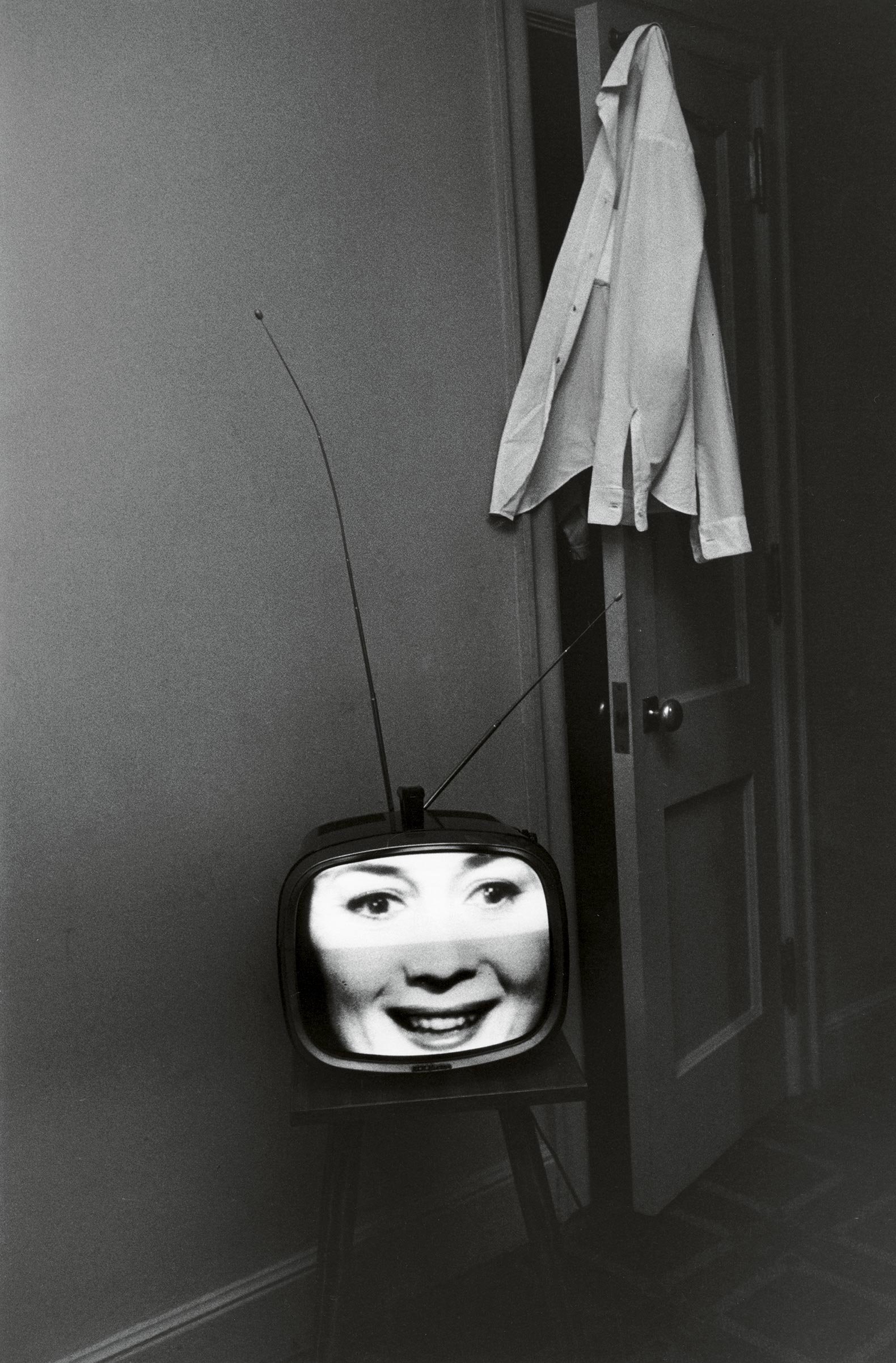



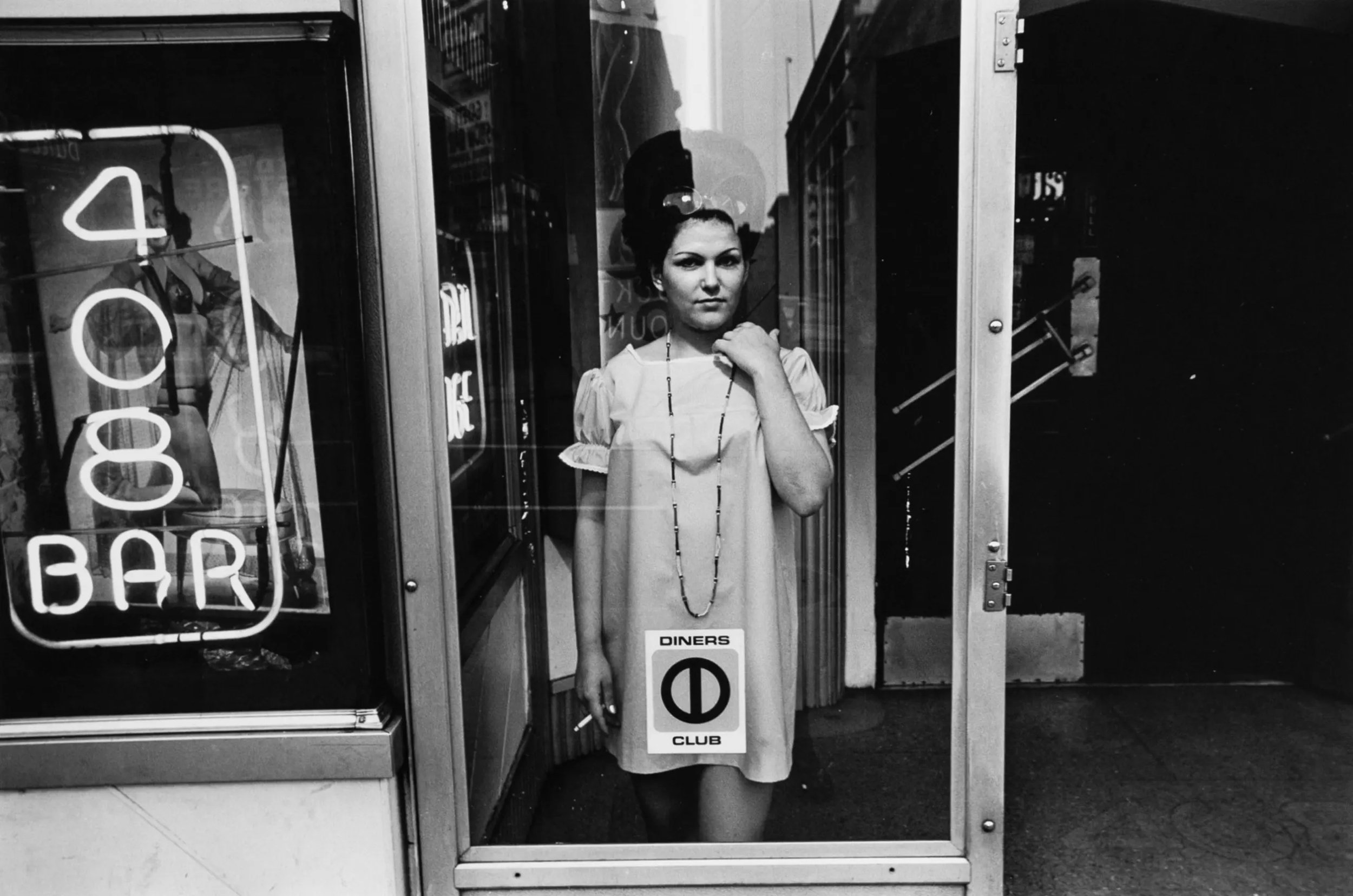



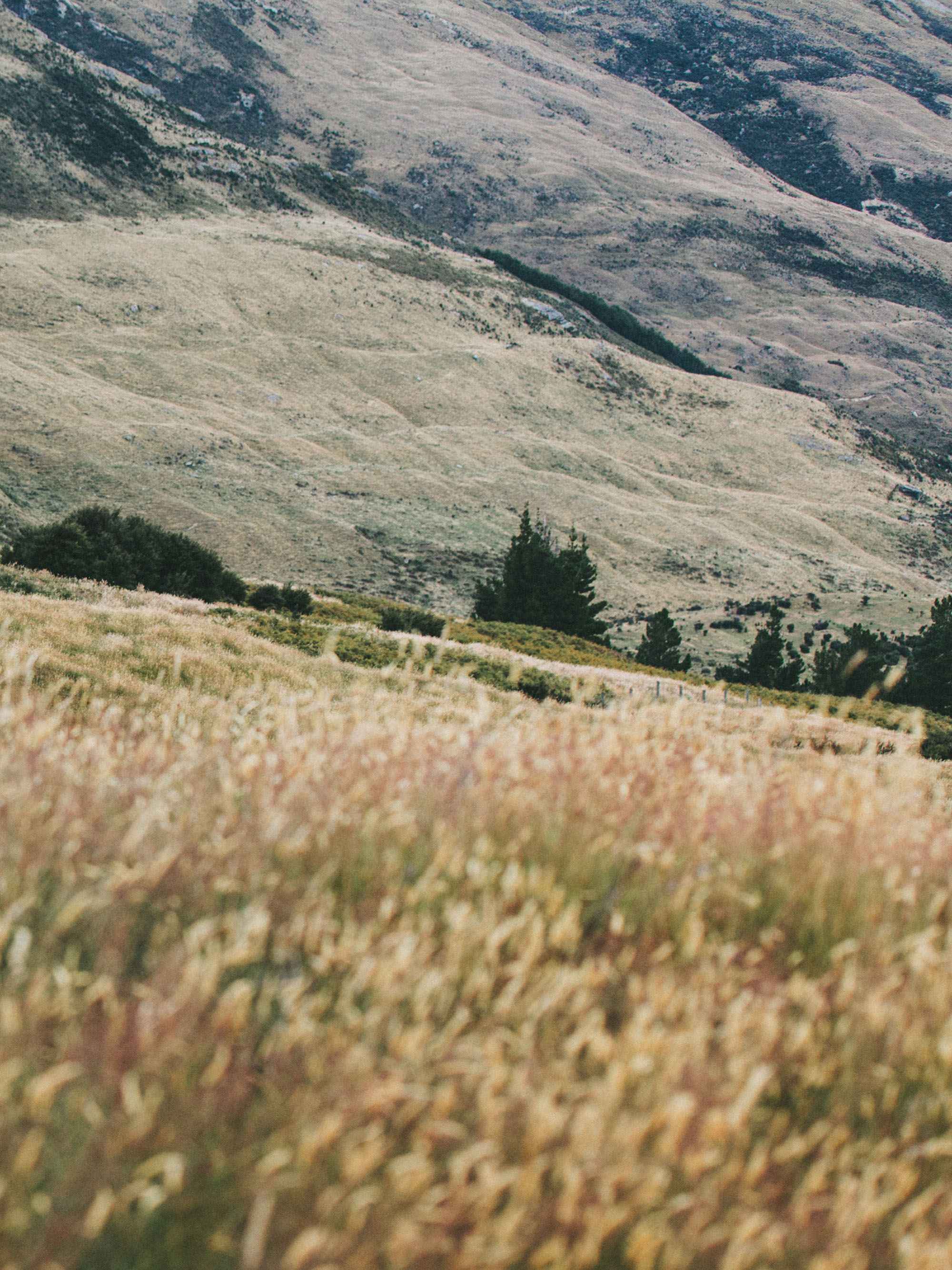
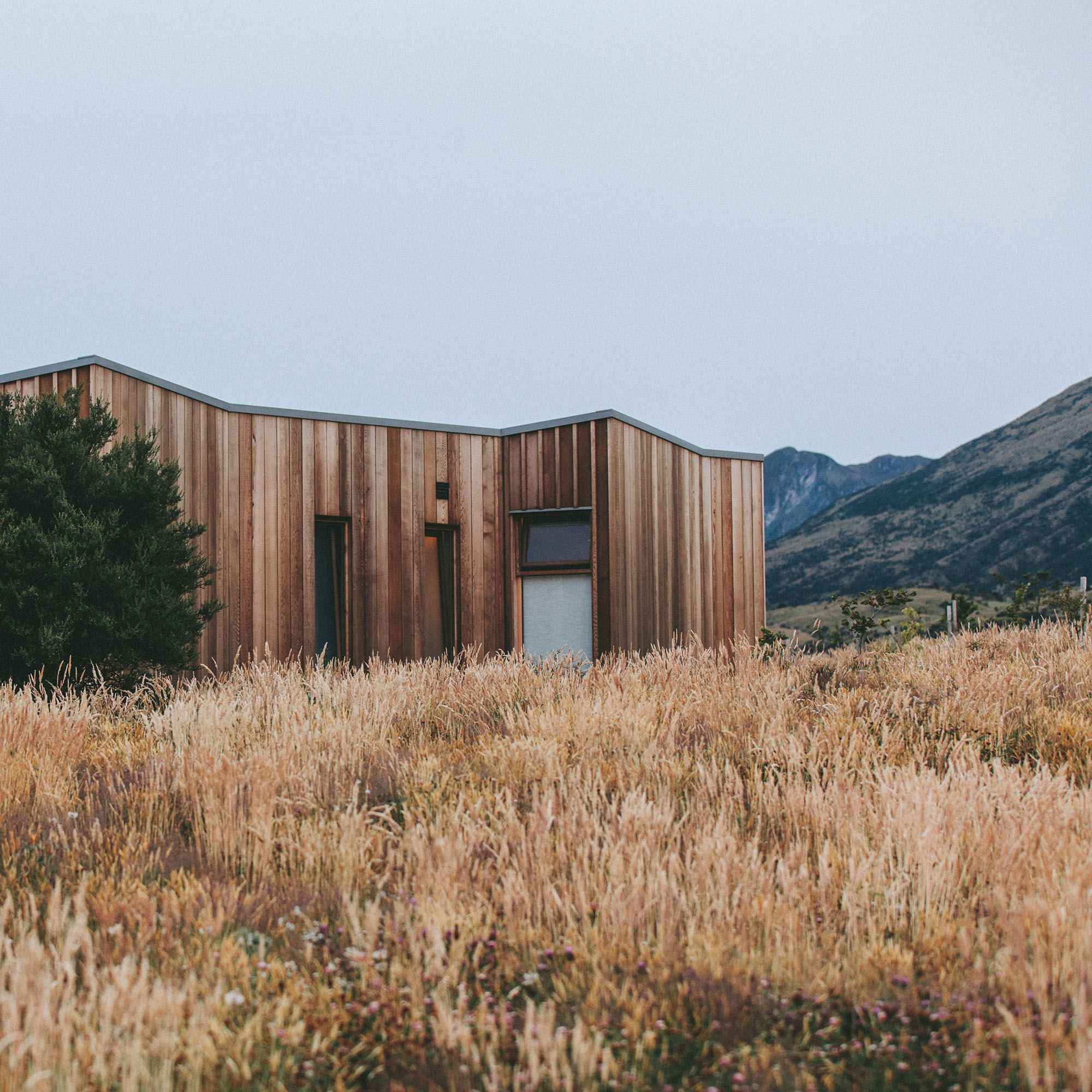
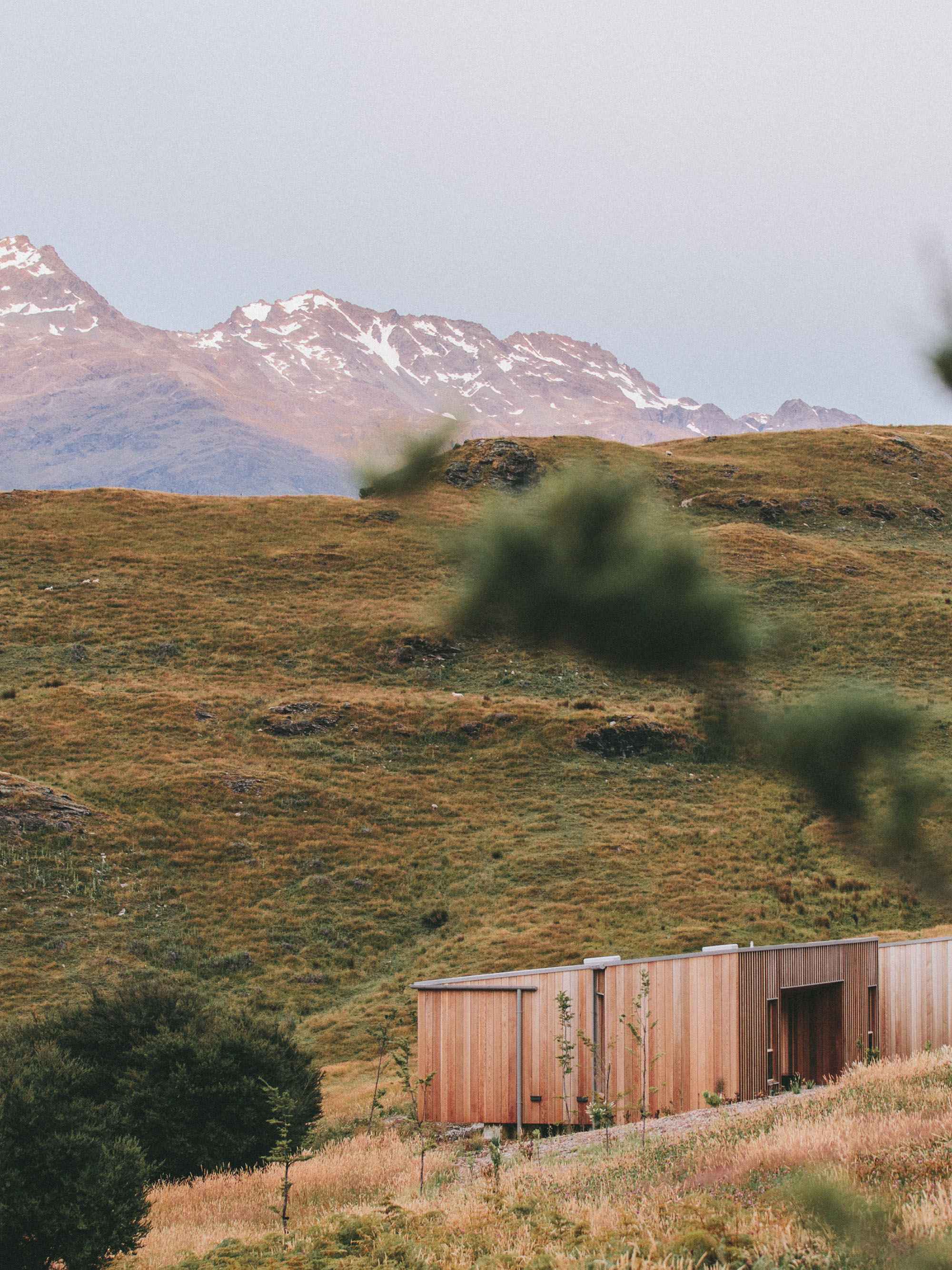
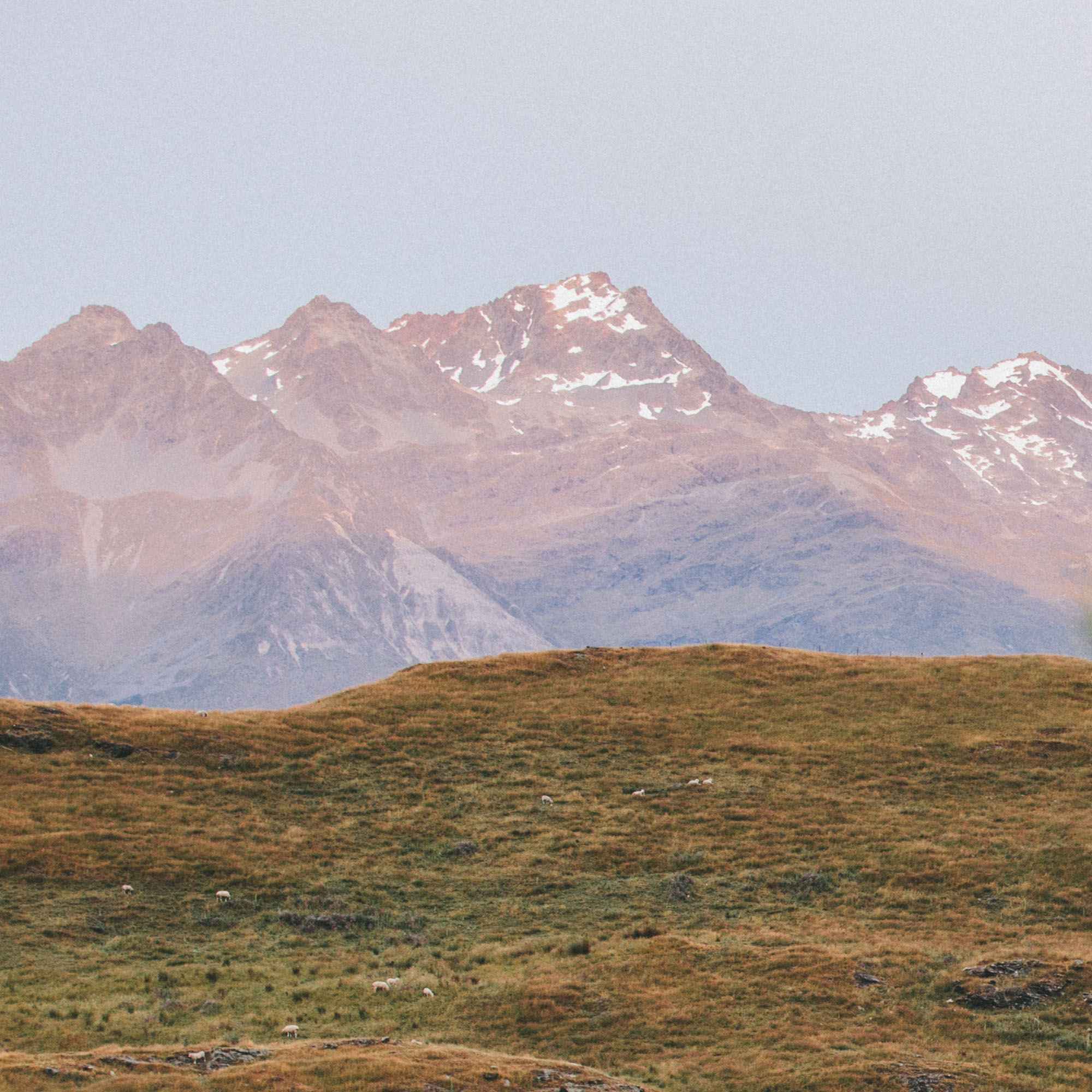
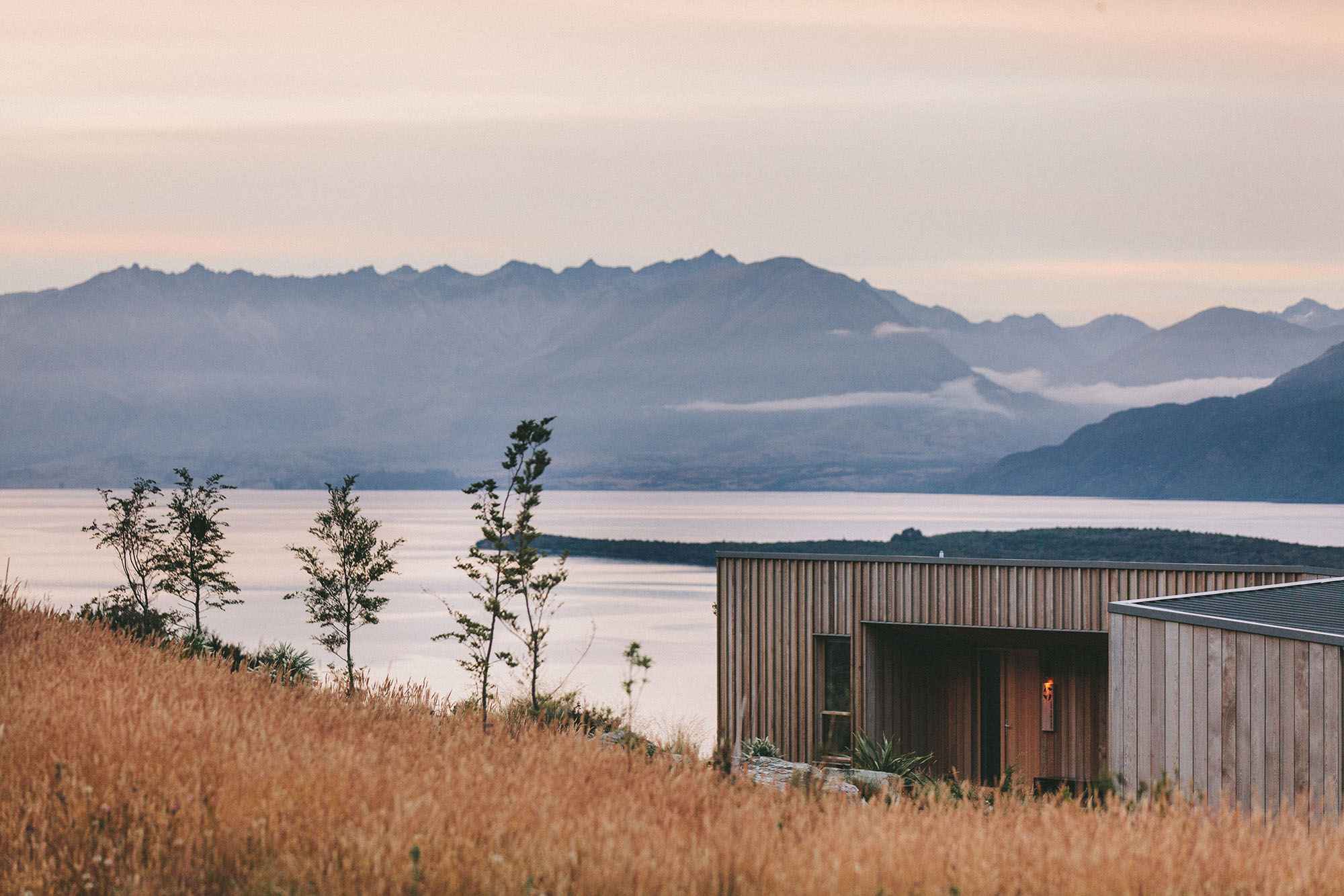
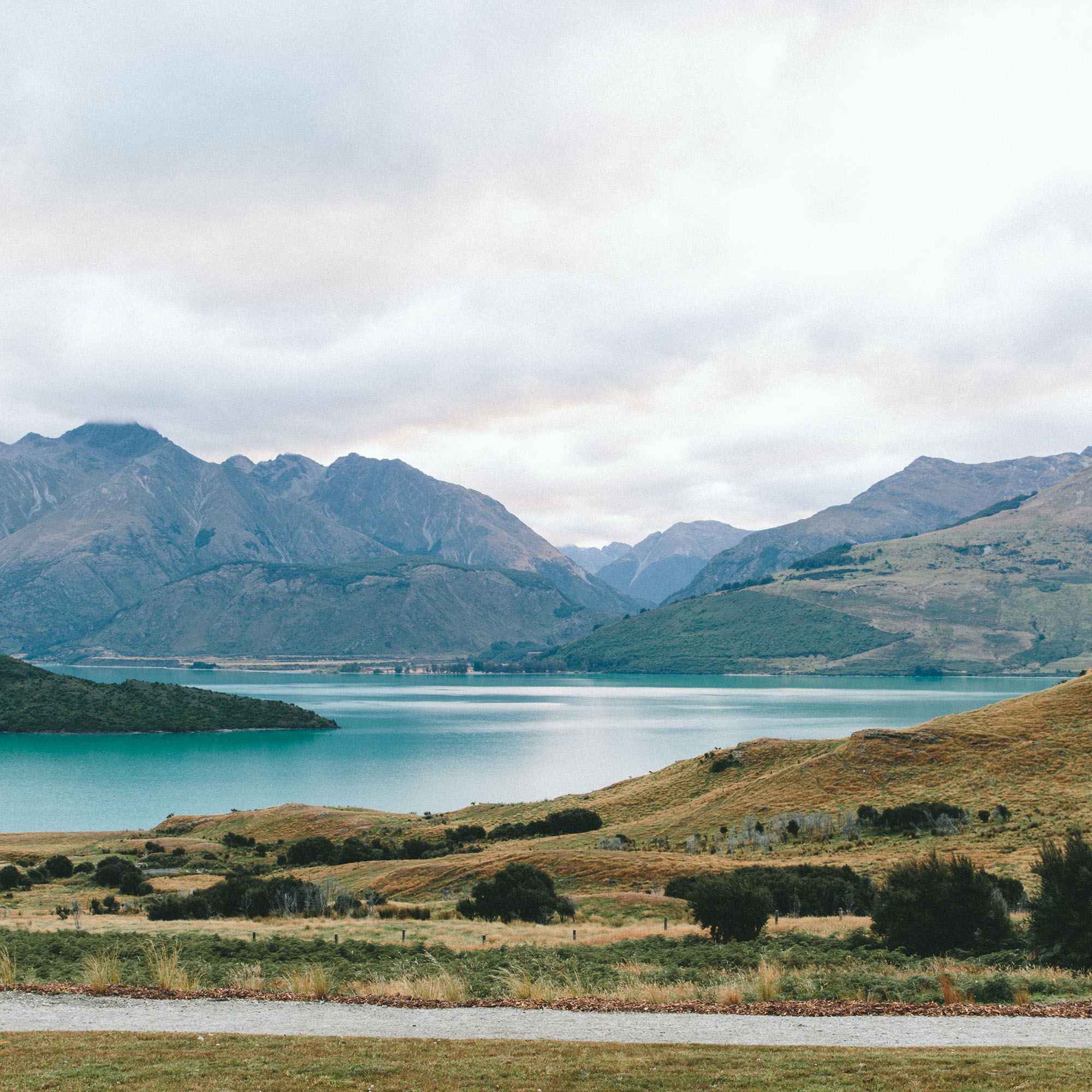
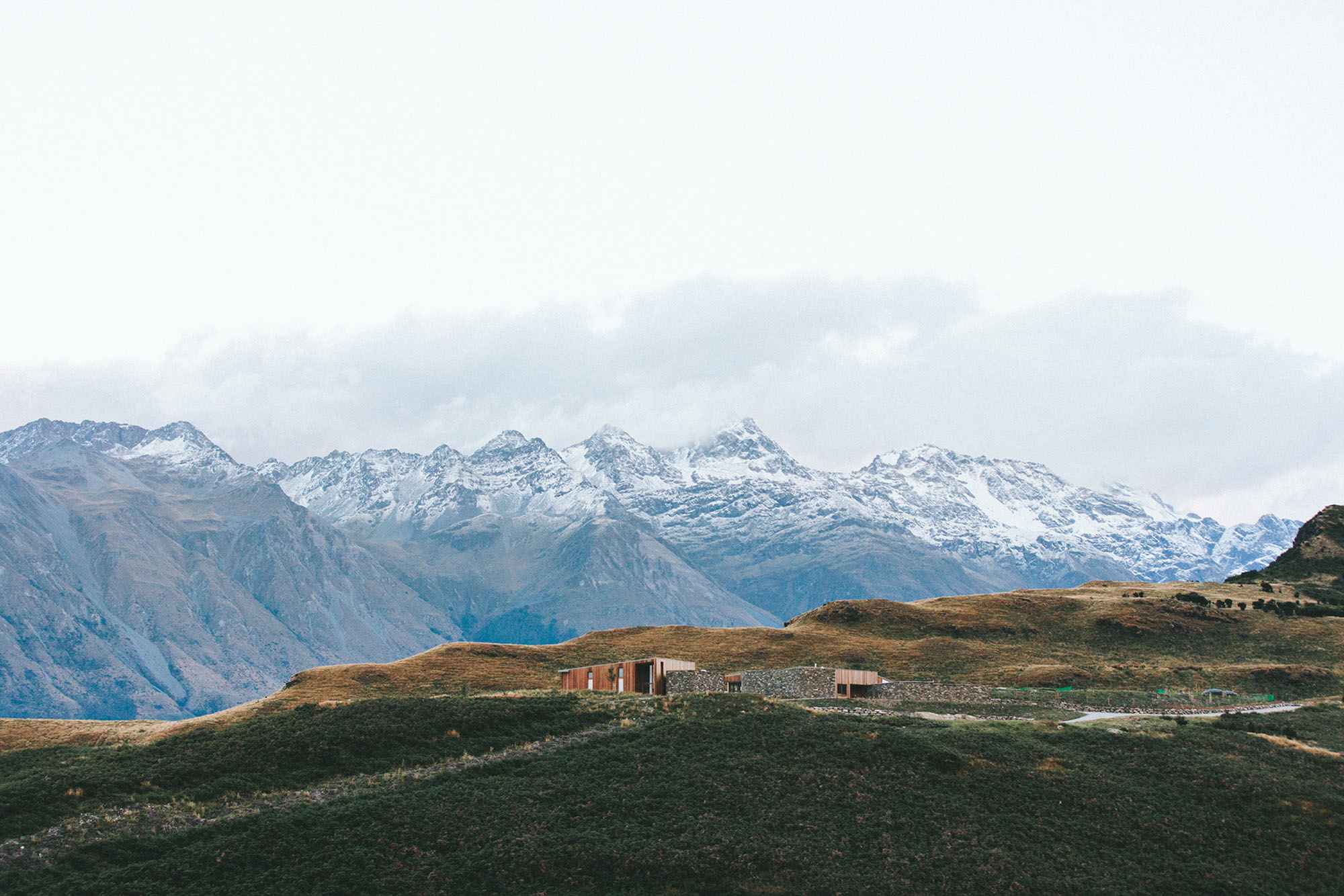
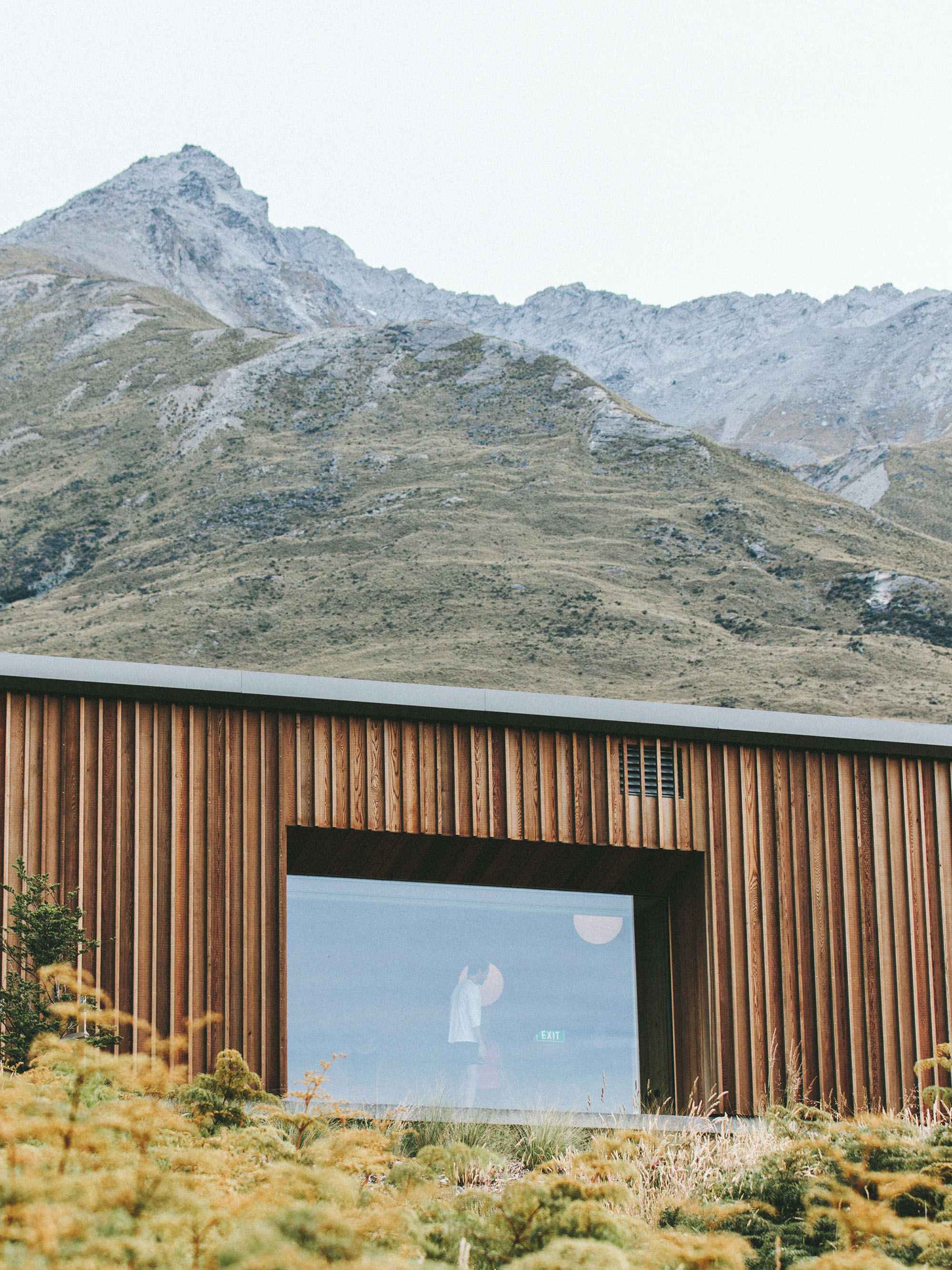
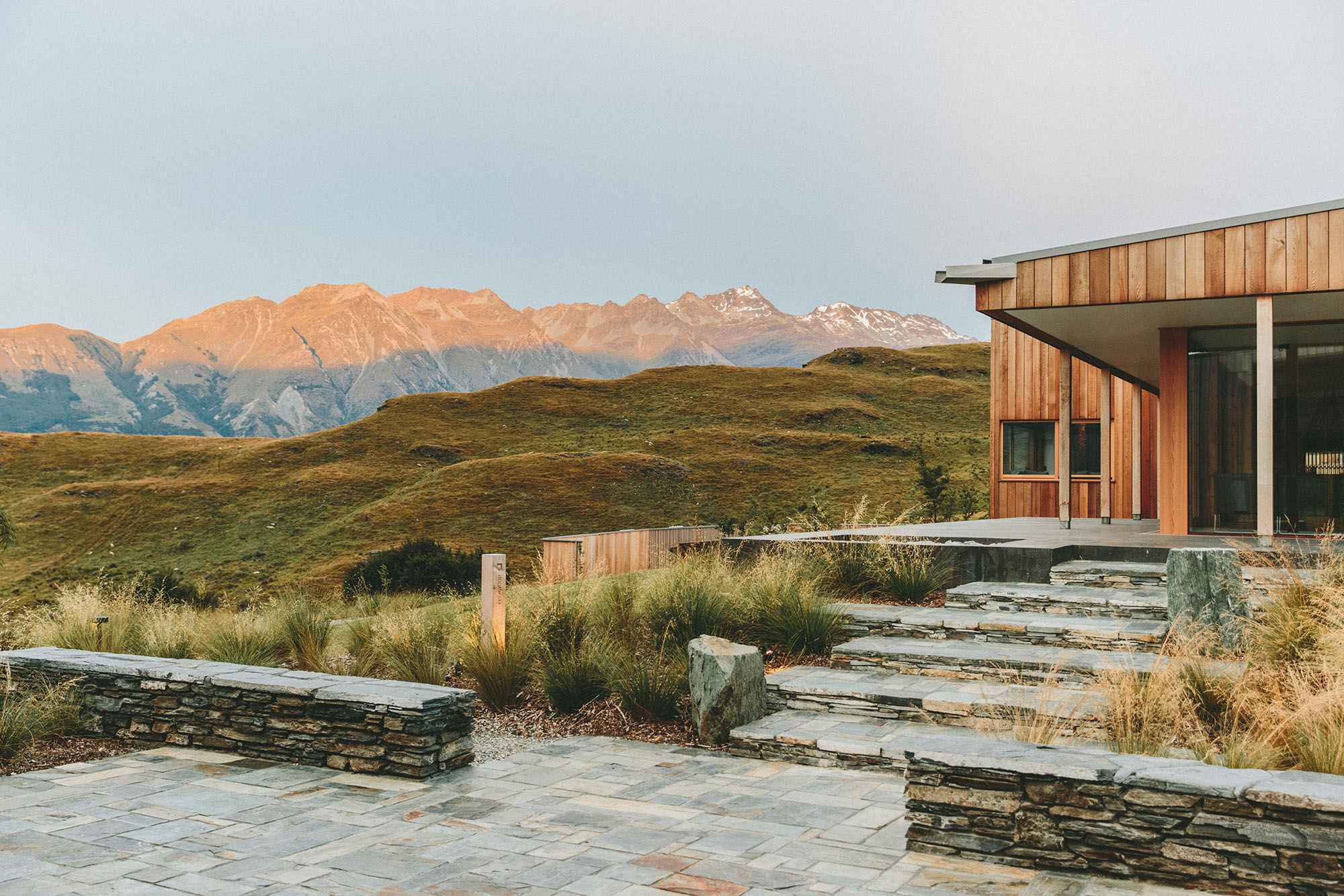





Donec id justo non metus auctor commodo ut quis enim. Mauris fringilla dolor vel condimentum imperdiet.